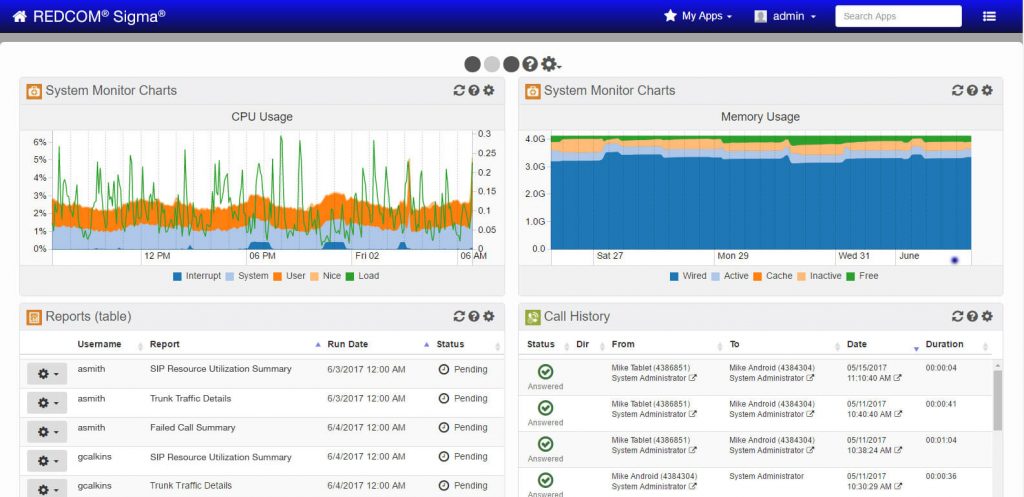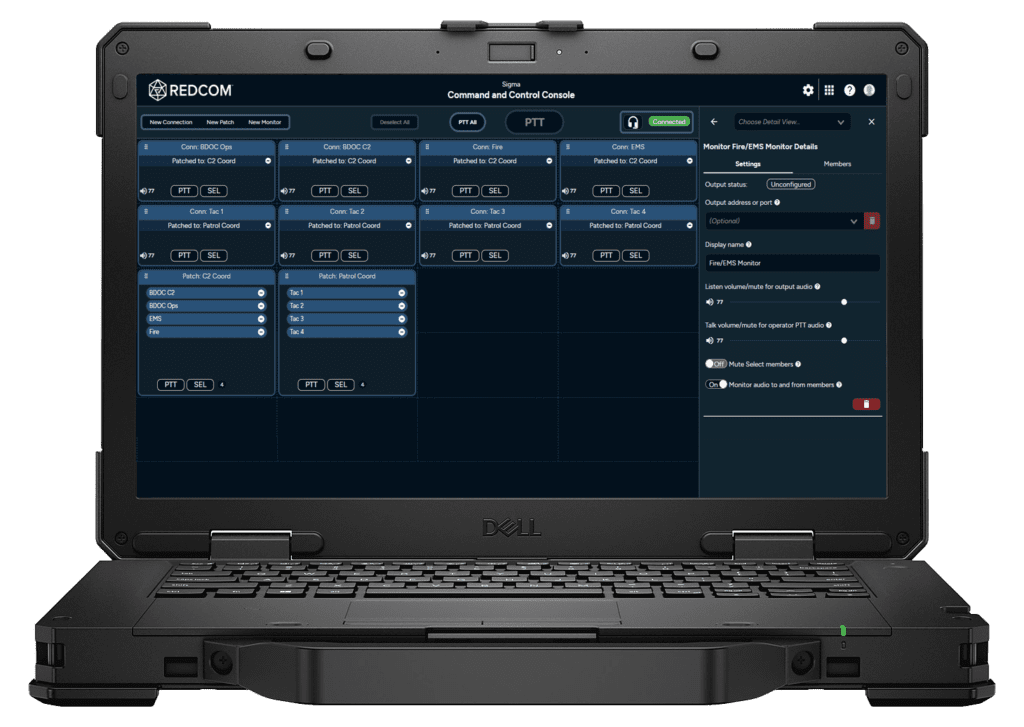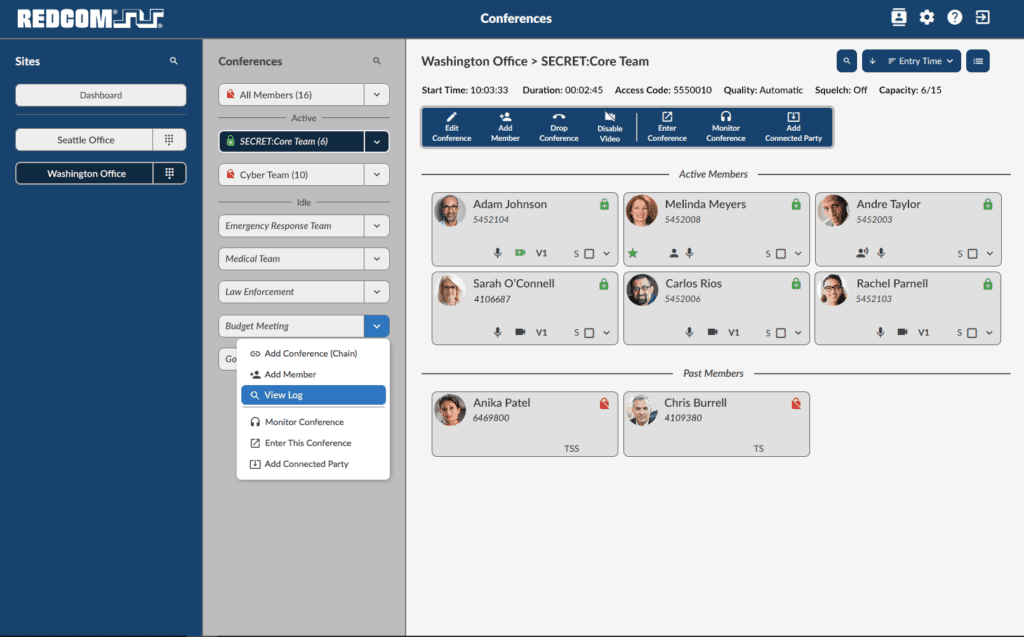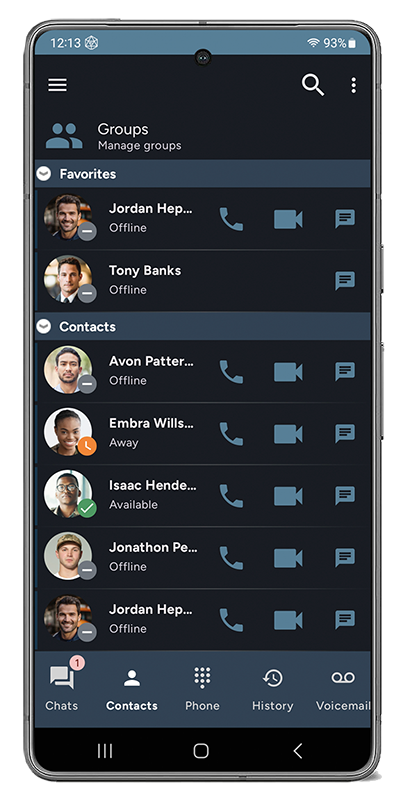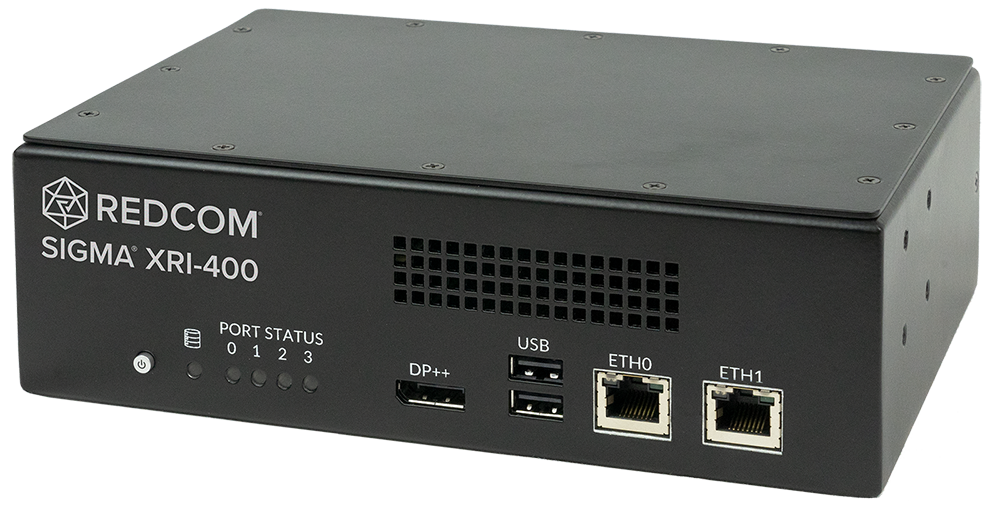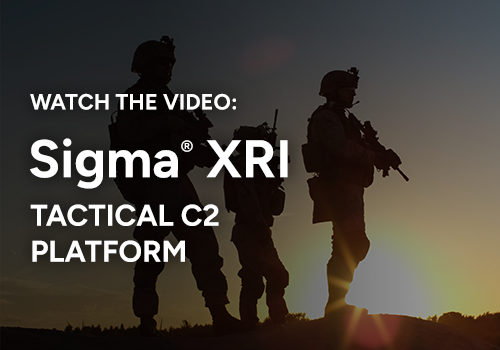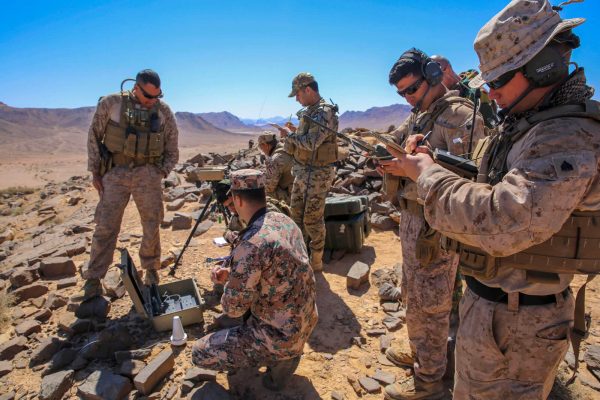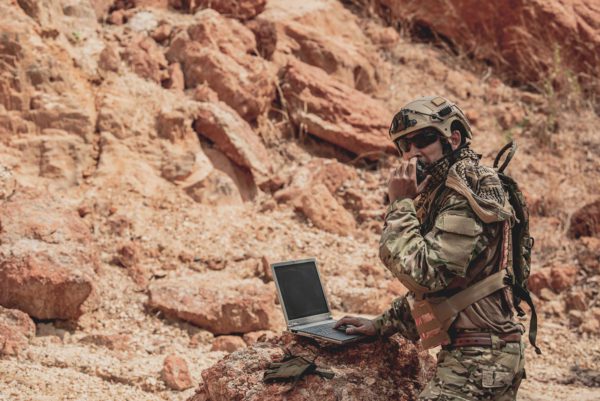The ability for warfighting forces to have a functional Combined Joint All-Domain Command and Control (CJADC2) system has been sought after for years. The reality is, the sheer magnitude of the project and logistical factors have slowed CJADC2’s inception.
Where Are We Now?
The goal of CJADC2 is to seamlessly distribute data and communications up and down the echelons, and across domains in joint operations. As Admiral Grady, Vice Chairman of the Joint Chiefs of Staff, said during the 2024 AFA Conference, “US military forces must ‘sense and make sense’ of their operating environments by fusing information from sensors across multiple domains — including space, air, and land — and make that information rapidly available for decision-makers.” There has been a strong push for data compilation and analysis to be handled by AI, freeing up human resources for other tasks. Some issues with this implementation are the reliance on cloud technology and the fact that human intervention is still required to act upon the information. Another crucial point is the time it takes to relay the information and the communication networks it travels through.
Offloading the compilation and analysis of data from satellite images and drone feeds to AI is very helpful for maintaining/securing an informational advantage. However, if the information cannot be relayed to the decision-makers efficiently, it may as well not exist. Intel on the battlefield has a very short shelf-life, and when lives are on the line, speed is everything. A much more realistic and immediate means of working towards CJADC2 is by improving communications systems. The best way to do this is to pursue standards-based technology that puts interoperability first. This enables forces to keep the tech they’ve grown accustomed to while still being able to communicate with other, previously incompatible systems.
What Is REDCOM Doing?
REDCOM’s Sigma C2 ecosystem is our response to the demand for interoperability through adaptable communications. Sigma is a Command and Control (C2) application that provides voice, video, chat, conferencing, transcoding, and PTT integration on a single software instance. Sigma is hosted natively on the XRI-400, which functions as the analog radio gateway, allowing Radio over IP (RoIP) to crossband with formerly incompatible devices into a single communications network.
The XRI-400 creates a unified radio interoperable network for up to four distinct radio nets. The XRI-400 is a complete comms ecosystem that can support different bands, waveforms, channels, and encryption formats. This provides forces with the convergence of IP and RF communications in a single platform, enabling scalable interoperability.
The Ground Force Commanders (GFC) and Joint Force Commanders (JFC) require relevant and reliable information in a timely manner to communicate maneuver instructions to their subordinate units to maintain a strategic and tactical advantage. So, maintaining constant network connectivity up and down the echelons and across domains improves the flow of information, saving time and, therefore, saving lives. The Sigma system provides the level of interoperability required to maintain positive communications in contested combat environments, so subordinate units can always contact their respective commanders.
CJADC2 is a fantastic concept and one that we should continue to strive towards. However, the easiest and most logical steps we can take today are to deploy the interoperable communication systems that are already battle-tested and field-proven. REDCOM’s Sigma ecosystem is built specifically to improve Command and Control Communications at the tactical edge, with the ability to bridge disparate communications paths — whether on the IP side or RF side —saving time, improving mobility, and ultimately saving lives. Sigma’s future-proof design and “brilliance in the basics” approach make it the logical springboard toward a CJADC2 future.
